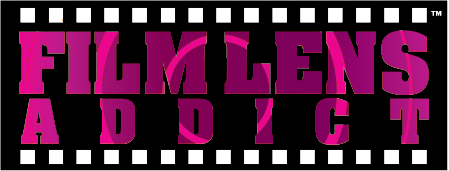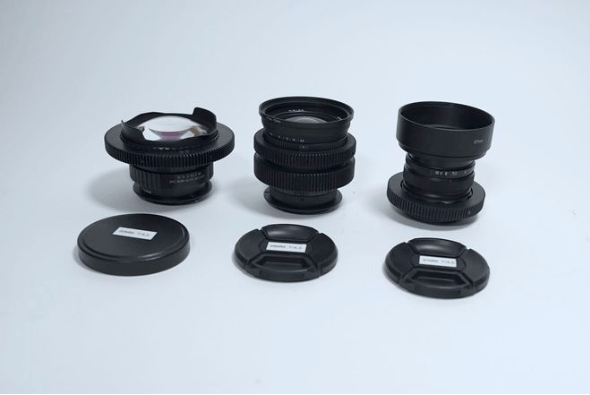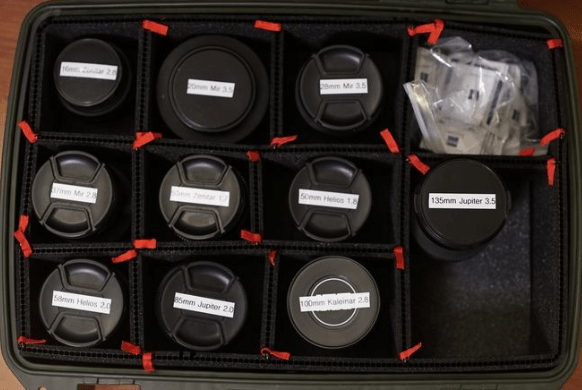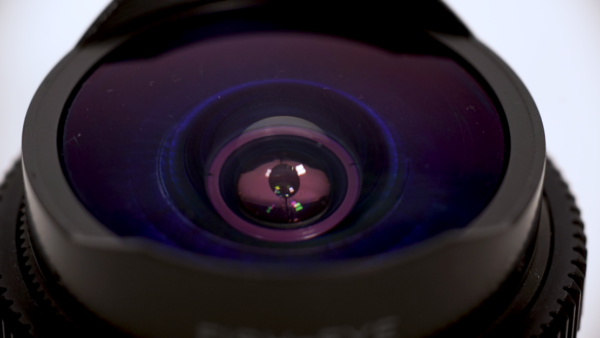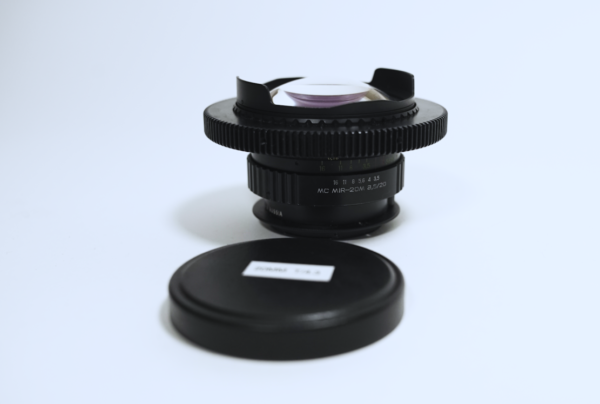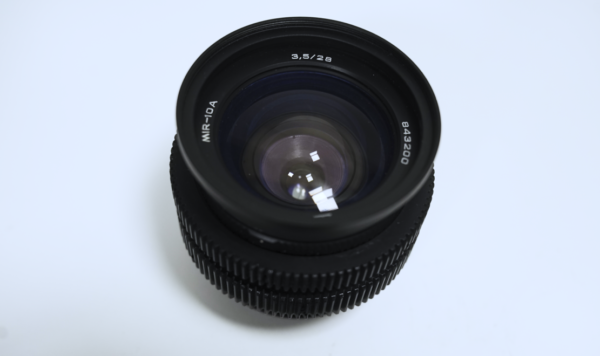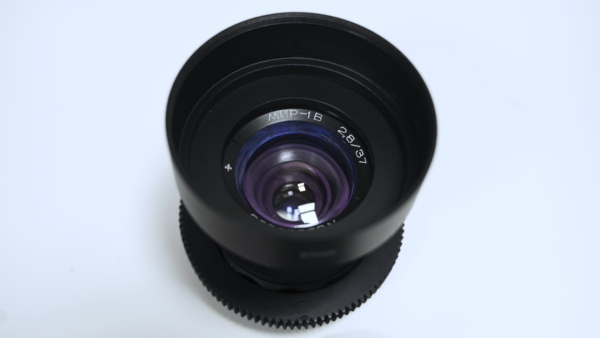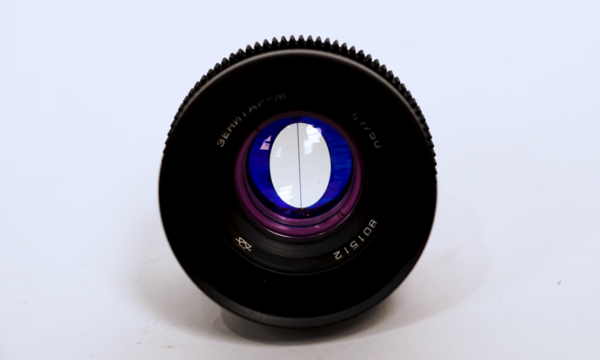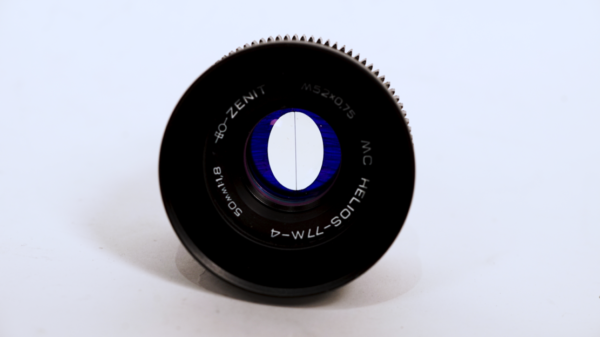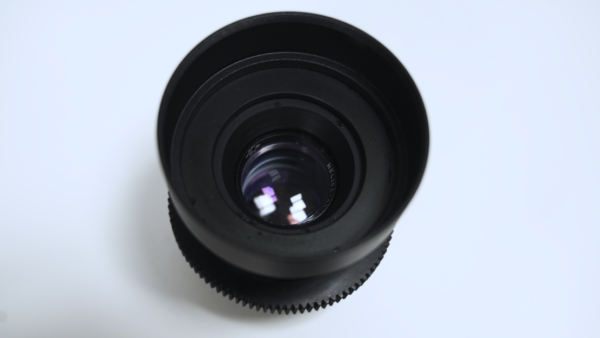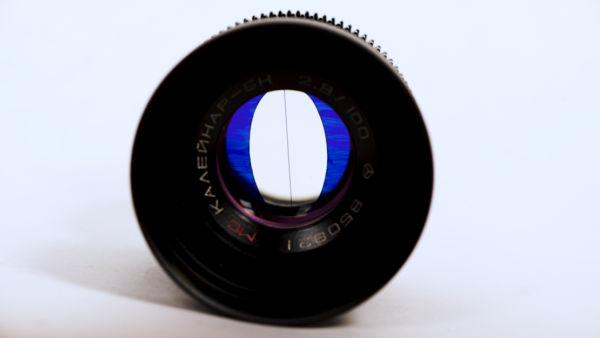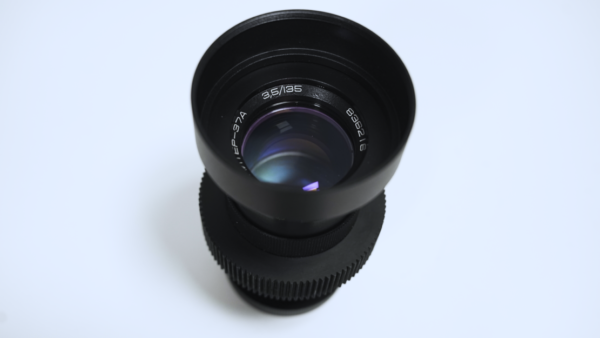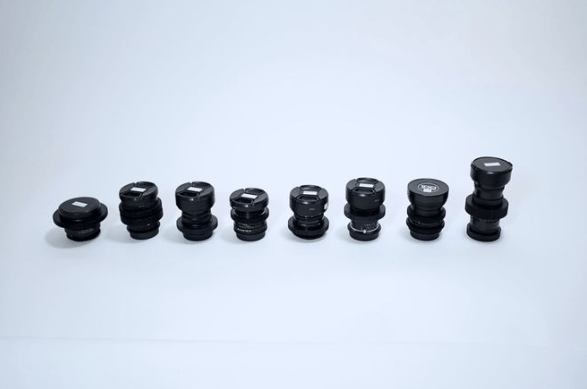
Anamorphic is what everyone today is after in their movies. It looks cool, it adds high budget-suspenseful looks. It literally draws the eye wider by making oval-shaped bokeh, so how does it do it? Well, normally Anamorphic glass is a series of lenses stacked and glued together, which looks like one giant element. When you shoot with them, the image is squeezed and in post or in-camera, the editor/operator would have to desqueeze it.
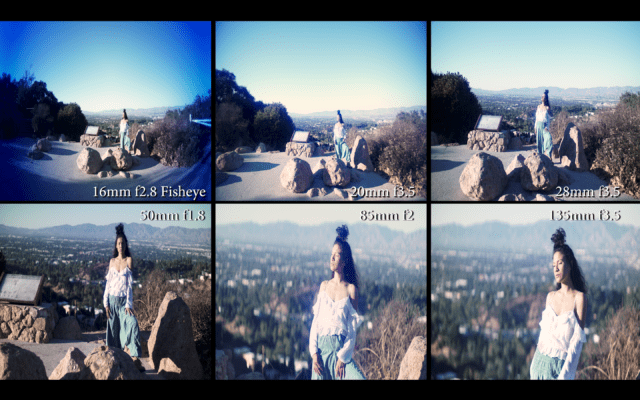
What’s cool about this look is the flares that stretch horizontal and the oval bokeh pointing vertically. What is very difficult for most people to handle authentic anamorphic lenses is that they can be extremely pricey.
These lenses interior barrel has been painted to deflect light from a string creating the same horizontal flares characteristic seems coming from real Anamorphic lenses. In addition to the mimicking flares down to a T, these lenses all have laser cut-3-D printed ovals right in front of their iris. So the lens maintains the same round-drawn bokeh seen in Anamorphic glass.
16mm f2.8 fisheye [APS-C]
20mm f3.5
28mm f3.5
37mm f2.8
50mm f1.7
50mm f1.8
58mm f2
85mm f2
100mm f2.8
135mm f3.5
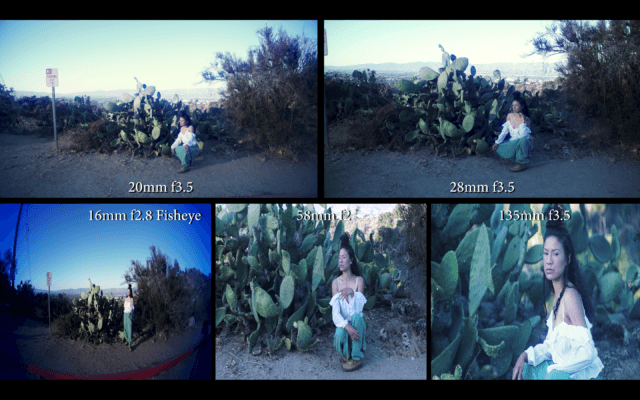
Anamorphic Mimic ($19-$99)
Anamorphic Mimic ($19-$99)
Anamorphic Mimic ($19-$99)
Anamorphic Mimic ($19-$99)
Anamorphic Mimic ($19-$99)
Anamorphic Mimic ($19-$99)
Anamorphic Mimic ($19-$99)
Anamorphic Mimic ($19-$99)
Anamorphic Mimic ($19-$99)
Anamorphic Mimic ($19-$99)
Anamorphic Mimic ($19-$99)
Anamorphic Mimic ($19-$99)
Anamorphic Mimic ($19-$99)
These lenses can have a very serious look to them if the look is taken quite serious. Starting on the right foot, I have noticed these lenses look very authentic and hard to tell apart from real anamorphic glass. But with the shoe on the other foot, I have seen times when shooting outdoors, when the lens films a white building and the lens lights up lavender colours.
Overtime, I have noticed to simply close the iris down 1/3 to 1/2 of a stop. In that it will decrease the permeation of the colour purple, wherever there are bright sources. Do this, and your look will be a lot closer to what actual Anamorphic looks like and shots will be much easier to color match.
The bokeh is based around the iris being mostly open. If you stop down slightly, the bokeh doesn't really change at first, however, the haze goes down significantly. So it bears repeating to always shoot approximately 1/2 stop closed for more consistency and believability to the truest sense of Anamorphic.
Because of the need to shoot near-wide open. It is also next to necessary to always have a variable ND filter so as to not have to stop down any more than a half-stop. If you do close down significantly more than that, you will lose your oval shaped bokeh and the larger benefit of the flares. You still can do that, but without any advantage of seeming anamorphic.
It is advised to shoot at a 180 degree shutter speed, with the iris closed by 1/3 or 1/2 of a stop, with a variable nd filter to compensate for more intense light exposure.
